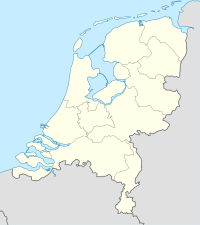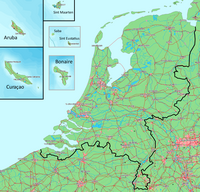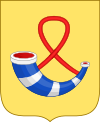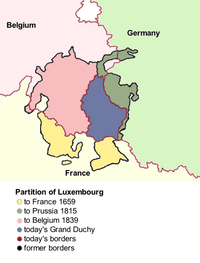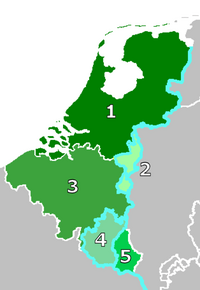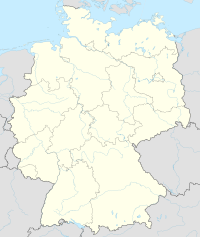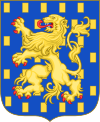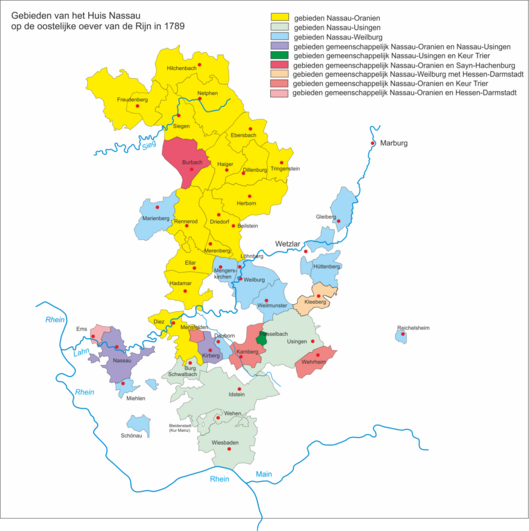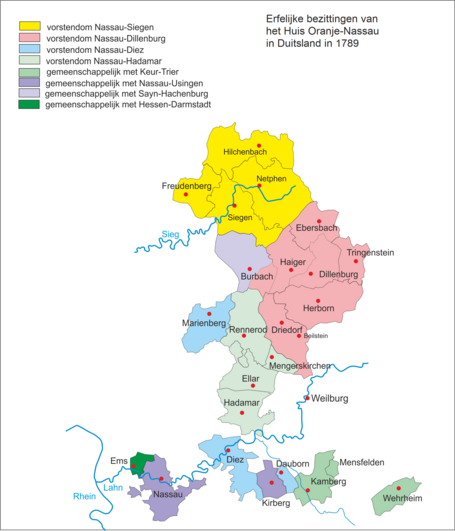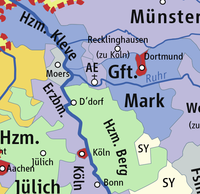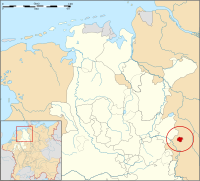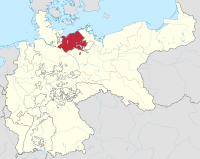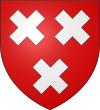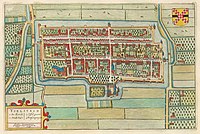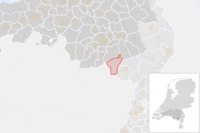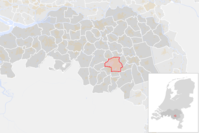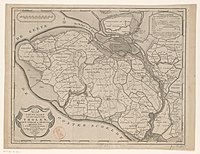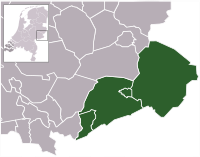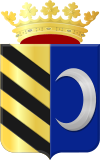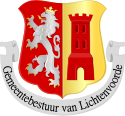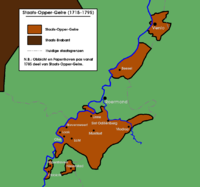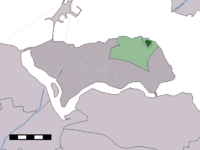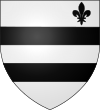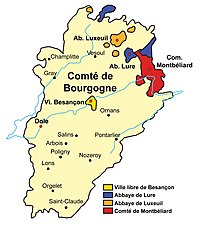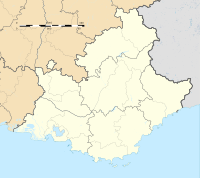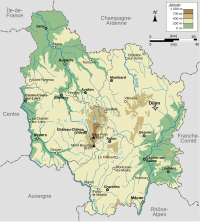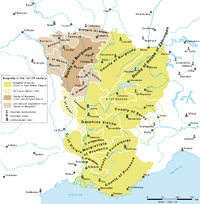
The House of Orange-Nassau is the current reigning house of the Netherlands. A branch of the European House of Nassau, the house has played a central role in the politics and government of the Netherlands and elsewhere in Europe, particularly since William the Silent organised the Dutch Revolt against Spanish rule, which after the Eighty Years' War (1568–1648) led to an independent Dutch state. William III of Orange led the resistance of the Netherlands and Europe to Louis XIV of France, and orchestrated the Glorious Revolution in England that established parliamentary rule. Similarly, Queen Wilhelmina of the Netherlands was instrumental in the Dutch resistance during World War II.

The Seventeen Provinces were the Imperial states of the Habsburg Netherlands in the 16th century. They roughly covered the Low Countries, i.e., what is now the Netherlands, Belgium, Luxembourg, and most of the French departments of Nord and Pas-de-Calais (Artois). Also within this area were semi-independent fiefdoms, mainly ecclesiastical ones, such as Liège, Cambrai and Stavelot-Malmedy.

William the Silent or William the Taciturn, more commonly known in the Netherlands as William of Orange, was the leader of the Dutch revolt against the Spanish Habsburgs that set off the Eighty Years' War (1568–1648) and resulted in the formal independence of the United Provinces in 1648. Born into the House of Nassau, he became Prince of Orange in 1544 and is thereby the founder of the Orange-Nassau branch and the ancestor of the monarchy of the Netherlands. In the Netherlands, he is also known as Father of the Fatherland.

Maurice of Orange was stadtholder of all the provinces of the Dutch Republic except for Friesland from 1585 at the earliest until his death in 1625. Before he became Prince of Orange upon the death of his eldest half-brother Philip William in 1618, he was known as Maurice of Nassau.

Burgrave, also rendered as burggrave, was since the medieval period in Europe the official title for the ruler of a castle, especially a royal or episcopal castle, and its territory called a Burgraviate or Burgravate.

Prince of Orange is a title associated with the sovereign Principality of Orange, in what is now southern France and subsequently held by the stadtholders of, and then the heirs apparent of, the Netherlands.

Frederick Henry was the sovereign prince of Orange and stadtholder of Holland, Zeeland, Utrecht, Guelders, Overijssel in the Dutch Republic from 1625 until his death in 1647. In the last seven years of his life, he was also the stadtholder of Groningen (1640-1647).
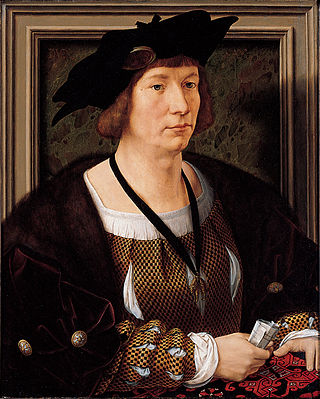
Count Henry III of Nassau-Dillenburg-Dietz, Lord of Breda, Lord of the Lek, of Dietz, etc. was a count of the House of Nassau.

Breda is a city and municipality in the southern part of the Netherlands, located in the province of North Brabant. The name derived from brede Aa and refers to the confluence of the rivers Mark and Aa. Breda has 185,072 inhabitants on 13 September 2022 and is part of the Brabantse Stedenrij; it is the ninth largest city/municipality in the country, and the third largest in North Brabant after Eindhoven and Tilburg. It is equidistant between Rotterdam and Antwerp.

Philip William, Prince of Orange was the eldest son of William the Silent by his first wife Anna van Egmont. He became Prince of Orange in 1584 and Knight of the Golden Fleece in 1599.

The House of Egmond or Egmont is named after the Dutch town of Egmond, province of North Holland, and played an important role in the Netherlands during the Middle Ages and the Early modern period. The main lines Egmond-Geldern, Egmond-Gavere and Egmond-Buren-Leerdam had high noble, princely rank.
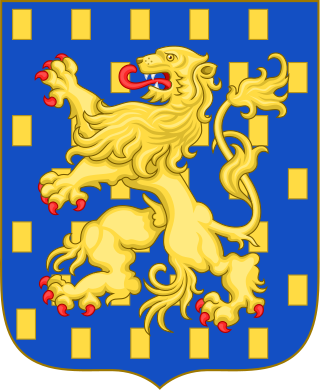
The House of Nassau is a diversified aristocratic dynasty in Europe. It is named after the lordship associated with Nassau Castle, located in present-day Nassau, Rhineland-Palatinate, Germany. With the fall of the Hohenstaufen in the first half of the 13th century royal power within Franconia evaporated and the former stem duchy fragmented into separate independent states. Nassau emerged as one of those independent states as part of the Holy Roman Empire. The lords of Nassau were originally titled "Count of Nassau", subject only to the Emperor, and then elevated to the princely class as "Princely Counts". Early on they divided into two main branches: the elder (Walramian) branch, that gave rise to the German king Adolf, and the younger (Ottonian) branch, that gave rise to the Princes of Orange and the monarchs of the Netherlands.
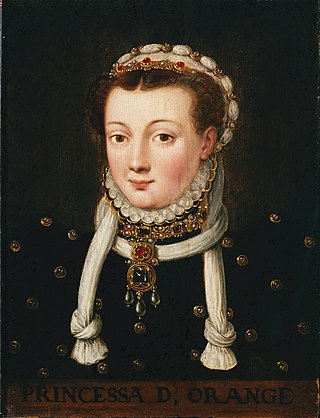
Anna van Egmont, mainly known as Anna van Buren, was a Dutch heiress who became the first wife of William the Silent, Prince of Orange.
This page is a list of the lords of Chalon-Arlay and the principality of Orange. The lords of Chalons and Arlay were a cadet branch of the ruling house of the county of Burgundy, the Anscarids or House of Ivrea.

Breda Castle is a castle in the city of Breda, in the Netherlands.

The monarchy of the Netherlands is a constitutional monarchy whose role and position are governed by the Constitution of the Netherlands. Roughly a third of the Constitution explains the succession, mechanisms of accession and abdication to the throne, the roles and duties of the monarch, the formalities of communication between the States General of the Netherlands, and the monarch's role in creating laws.

Count John IV of Nassau-Siegen, German: Johann IV. Graf von Nassau-Siegen, official titles: Graf zu Nassau, Vianden und Diez, Herr zu Breda, was since 1442 Count of Nassau-Siegen, of Vianden and of half Diez, and Lord of Breda and of the Lek. He descended from the Ottonian Line of the House of Nassau.

Johanna van Polanen was a Dutch noblewoman. She was the daughter of John III of Polanen, Lord of Breda, and his wife, Odilia of Salm. The House of Polanen was a side branch of the still existing House of Wassenaer.
This page shows the coats of arms, heraldic achievements, and heraldic flags of the House of Nassau.

![]() , this is a partial listing of larger estates and titles that William the Silent and his heirs possessed, most enfeoffed to some other sovereign, either the King of France, the Habsburgs, or the States of the provinces of the Netherlands [1]
, this is a partial listing of larger estates and titles that William the Silent and his heirs possessed, most enfeoffed to some other sovereign, either the King of France, the Habsburgs, or the States of the provinces of the Netherlands [1] 

![]() , Vianden
, Vianden ![]() , Buren
, Buren ![]() , Moers
, Moers ![]() , Leerdam
, Leerdam ![]() , and Culemborg (1748)
, and Culemborg (1748) ![]()
![]() , Lands of Cuijk
, Lands of Cuijk ![]() , Eindhoven
, Eindhoven ![]() , City of Grave
, City of Grave ![]() , Lek
, Lek ![]() , IJsselstein
, IJsselstein ![]() , Acquoy
, Acquoy ![]() , Diest
, Diest ![]() , Grimbergen
, Grimbergen ![]() /
/ ![]() , Herstal
, Herstal ![]() , Warneton (Waasten (nl))
, Warneton (Waasten (nl)) ![]() , Beilstein
, Beilstein ![]() , Bentheim-Lingen
, Bentheim-Lingen ![]() , Arlay
, Arlay ![]()
![]() , Nozeroy
, Nozeroy ![]() , and Orpierre
, and Orpierre ![]() ;
; ![]() , Dasburg
, Dasburg ![]() , Geertruidenberg
, Geertruidenberg ![]() , Hooge en Lage Zwaluwe
, Hooge en Lage Zwaluwe ![]() , Klundert
, Klundert ![]() , 't Loo
, 't Loo ![]() , Montfort,
, Montfort, ![]() Naaldwijk
Naaldwijk , Niervaart, Polanen/lands of Polanen
![]() , Steenbergen
, Steenbergen ![]() , Sint-Maartensdijk
, Sint-Maartensdijk ![]() , Turnhout
, Turnhout ![]() & Zevenbergen
& Zevenbergen ![]() , Willemstad
, Willemstad ![]() , Bütgenbach
, Bütgenbach ![]() , Sankt Vith
, Sankt Vith ![]() , and Besançon
, and Besançon ![]()
